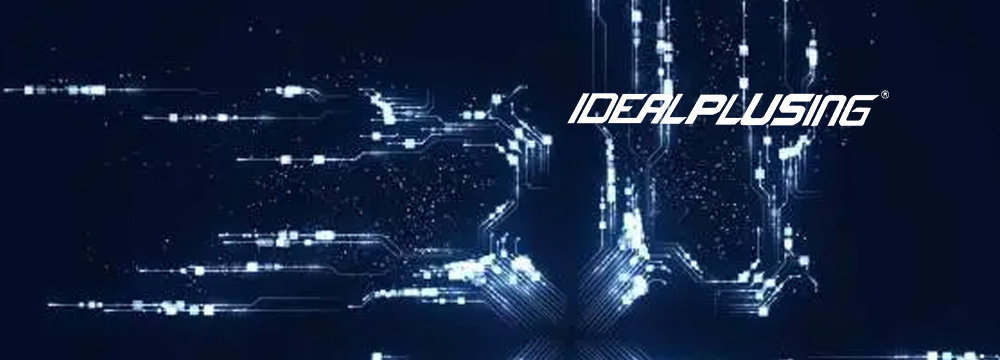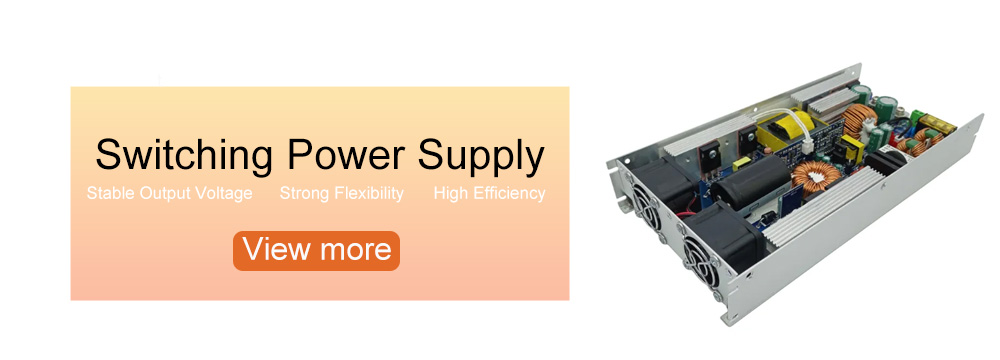In the field of power and electronics, converting alternating current to direct current is a common need. Since many electronic devices and systems require a DC power supply, it is important to master how to perform this conversion efficiently.

1. The difference between alternating current and direct current
Alternating current (AC): is a form of current in which the direction and magnitude of the current change regularly. In alternating current, the current flows periodically from forward to reverse, and the frequency is usually expressed in Hertz (Hz).
Direct current (DC): is a form of current in which the direction of the current remains constant. In direct current, the current only flows in one direction and does not change direction periodically
2. The principle of converting alternating current to direct current
In the real world, there are several common ways to convert alternating current to direct current, the two most common of which are using rectification and converters.
2.1 Rectifier
The rectifier is a key device for converting alternating current to direct current. It removes the negative or positive half-cycle of the alternating current, so that the output becomes a unidirectional current, that is, direct current. The basic principle of the rectifier is as follows:
Single-phase rectifier: including single-phase half-wave rectification and single-phase full-wave rectification, which is realized by diodes (half-wave rectification) or four diodes (full-wave rectification).
Three-phase rectifier: suitable for high-power applications, the three-phase AC is rectified by a three-phase bridge rectifier circuit.
2.2 Converter
Converter is another way to convert AC to DC. It can provide higher-level control and regulation functions and is suitable for occasions that require more sophisticated voltage and current control. Common converters include switching power supplies and inverters.
3. Application scenarios
The process of converting AC to DC has a wide range of applications in various fields. The following are some common application scenarios:
Power adapter: Many electronic devices such as mobile phones and laptops require DC power supply. Power adapters are usually used to convert household AC to DC required by the device.
Motor drive system: In the industrial and transportation fields, many motors require DC to operate normally, so AC needs to be converted to DC.
Solar and wind power generation systems: The electricity generated by solar photovoltaic systems and wind power generation systems is AC, which needs to be converted into DC through devices such as inverters for use in the power grid or battery storage.
Data centers and industrial automation: Data centers and industrial automation systems usually require a stable DC power supply, and the system is guaranteed to operate normally by converting AC to DC.






